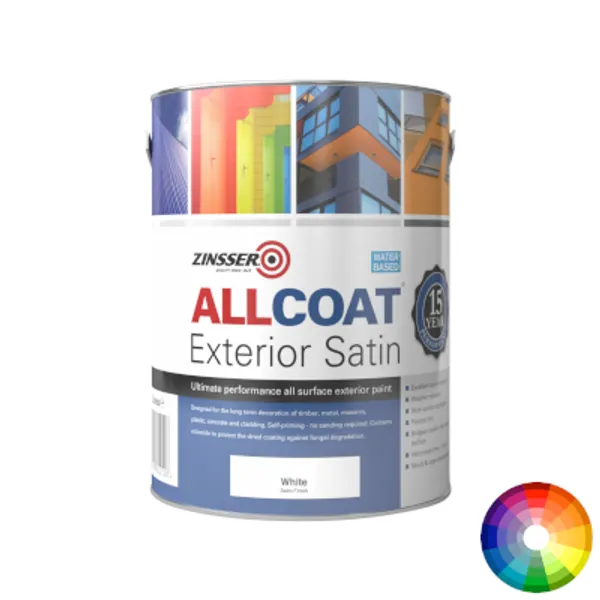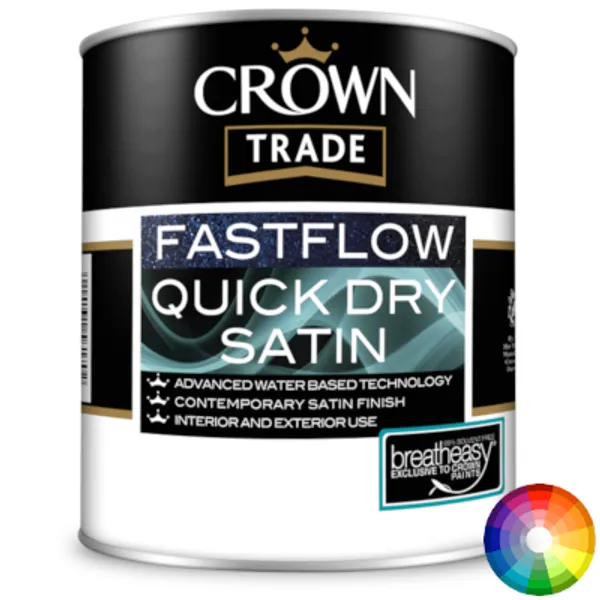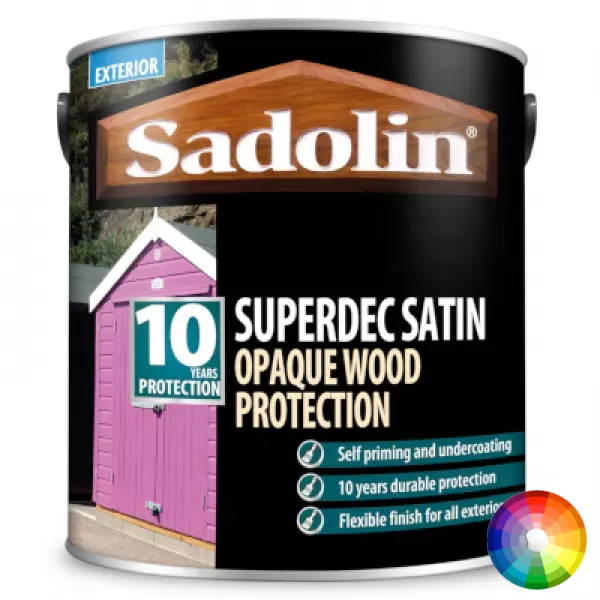What Is Satin Paint?
What is satin paint & when should you use it? In this guide we breakdown any questions you may have so you can find the right product for you...
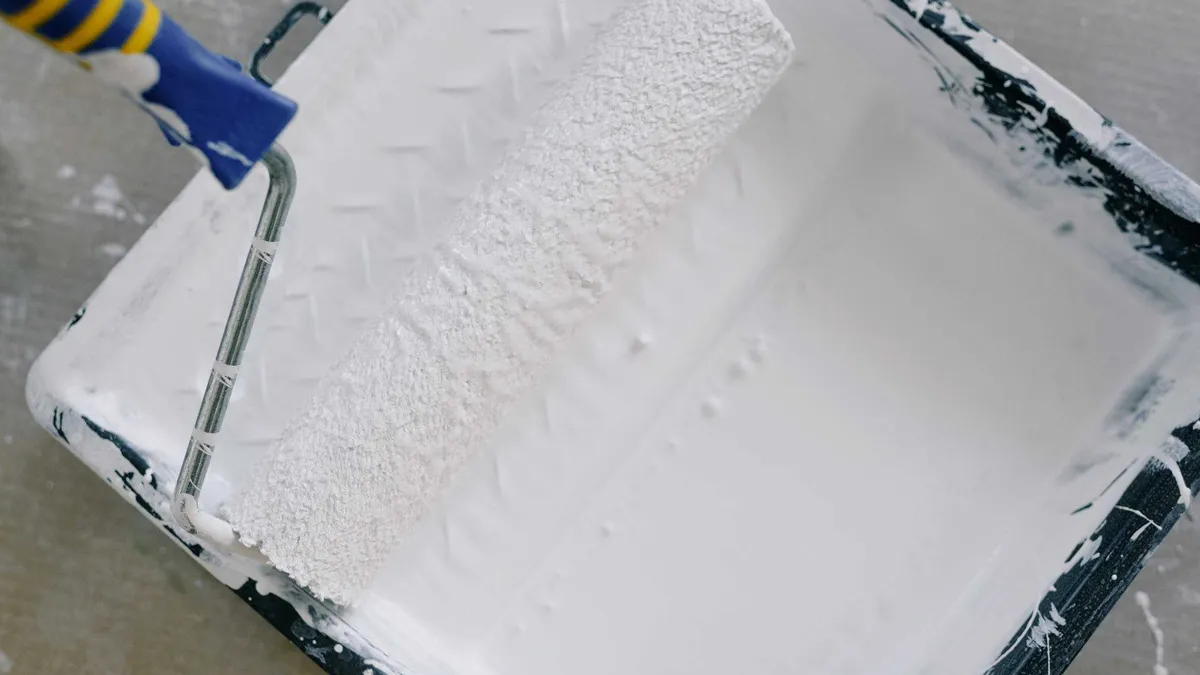
What Is Satin Paint?
A common question we receive is what is satin paint? To understand what a satin paint finish is, you must put it in context with other finishes. There are four popular forms of paint finish today; matt, eggshell, satin & gloss. These four finishes all vary in two broad ways. Firstly they vary in their level of sheen, or reflectiveness. A matt finish is the least reflective, which is why it is also known as a 'flat finish'. While little light is reflected on a surface painted with a matt finish, it helps to cover imperfections on the wall, as the lack of light covers these marks and blemishes. This comes at a cost however, as a matt finish is the least durable finish & cannot be cleaned as thoroughly as other forms of paint without getting paint being marked.
On the other side of the spectrum is a gloss finish. This is an extremely reflective finish that provides a mirrored effect on interior surfaces. In contrast to a matt finish, a gloss finish is extremely durable and can be wiped without marking. The downfall of a gloss finish is that it will show imperfections in the wall due to the light created by the sheen, making it unsuitable for some properties.
So where does satin sit on this spectrum? Well, a satin paint finish is the next level down in terms of sheen from gloss, offering slightly less reflectiveness and durability than gloss. Depending on the lighting in the room, a satin finish can appear both glossy and flat, plus unlike gloss paint, it can be cleaned. It is recommended not to scrub thoroughly as this will remove some of the sheen from the wall.
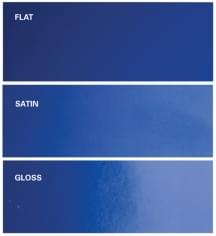
Satin paints come in both water-based and oil-based forms. Oil-based paints in general offer a better coverage and will harden quickly. On the downside, they come with a longer lasting smell and will yellow quicker than their water-based counterparts! Water-based paints as mentioned will not yellow as quickly (especially with a white paint) and contain significantly lower amounts of VOC's.
Where Should You Use Satin Paint?
Due to the combination of durability & sheen, a satin paint finish is a fantastic option for a number of jobs. Traditionally a tradesperson would not use satin paint on interior walls, and would be much more likely to opt for an acrylic eggshell paint. However, satin can be used on interior walls, most commonly in high traffic areas such as bathrooms & kitchens, as it can withstand any careful cleaning. The sheen the finish provides brings energy to a room, especially when a lighter tone is used. This pronounced shine that can be achieved with a satin paint sharpens the lines of walls to add depth to rooms, especially with smaller spaces that would become enclosed if a flatter finish was used.
Aside from interior walls, satin paint is a popular choice for wood, with many leading manufacturers have producing satin paint for wood, such as Dulux Trade Satinwood. These are perfect for wooden trim around the house, such as doors, frames & skirting boards, due to the combination of durability & sheen. If you are looking to accentuate interior design features within your home, such as a picture rail, a satin paint can provide a striking and clean look.
Satin finishes are also found in a number of exterior paints, such as Zinsser Allcoat. This particular range offers protection to all exterior surfaces, including wood, metal, masonry, plastic, concrete and cladding.
A common question we get asked is can you use satin paint on radiators? Yes, you can use satin paint as a radiator paint, but ensure that it states that it can be used on metal. A popular choice for this is Dulux Trade Satinwood.
While satin paint is a traditional choice for these types of applications, matt & gloss finishes can be used in a number of unusual and creative ways. Why not read our blog on the various uses of different paint finishes for more information.
How Much Is Satin Paint?
Satin finish paints are slightly more expensive than eggshell or gloss paints for example, however this is a small difference. We have listed some of the most popular satin products below for you can see the prices for yourself. These products are all available from Painters World and can be tinted to any colour you like!
We hope this has answered any questions you may have had regarding satin paint! Want to see the full range of satin paints we have available here at Painters World? Click here to see the range.



Sign up now and be the first to know about exclusive offers, product updates, and announcements.


